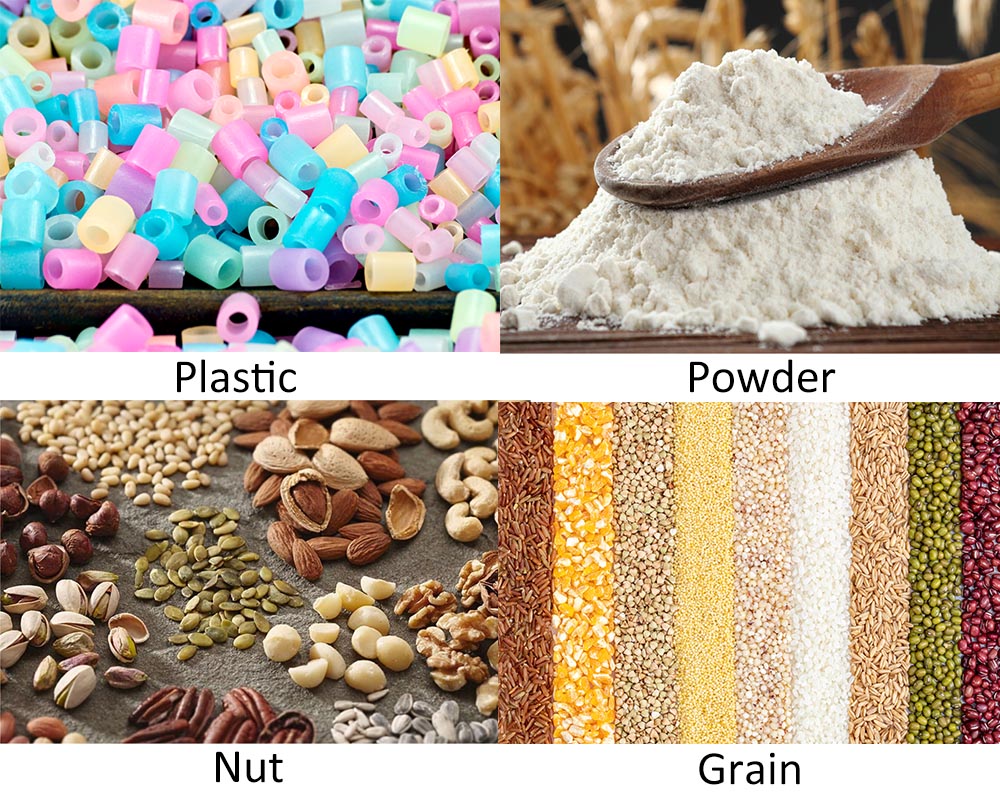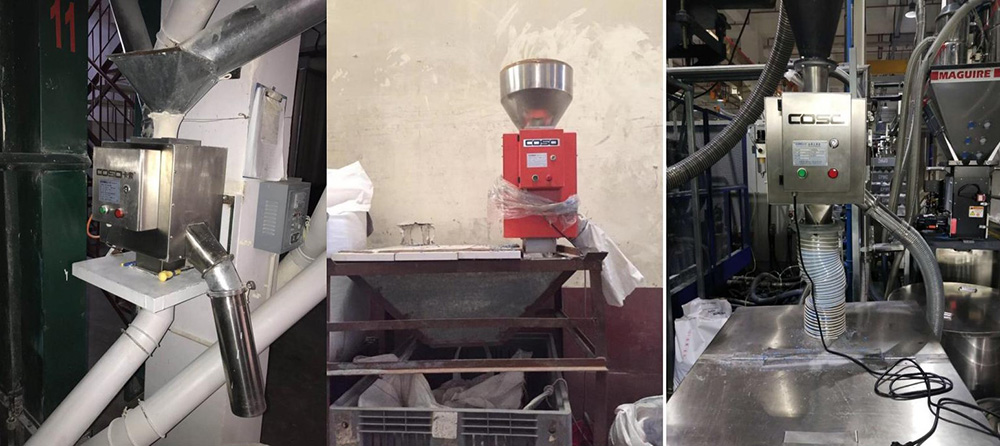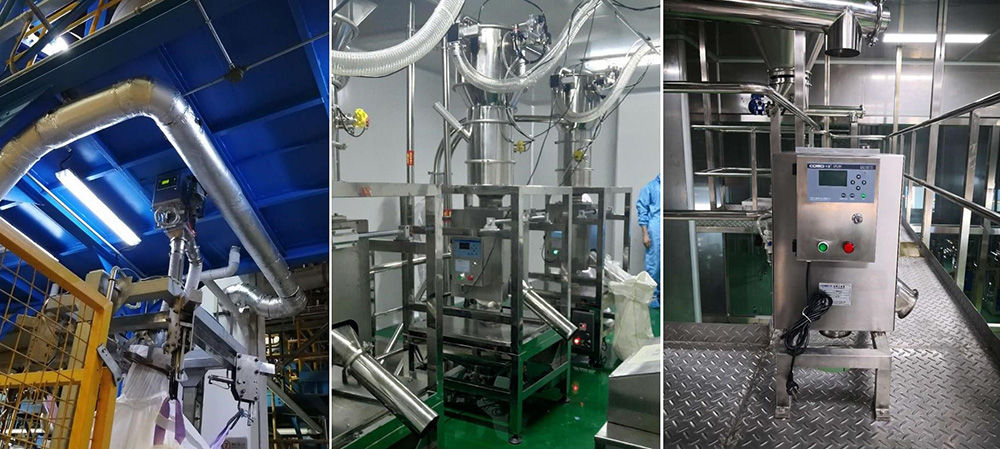 +86 15814116500
+86 15814116500 | Availability: | |
|---|---|
| Quantity: | |
PEC2005A
COSO
The Plastic Metal Detection System Intelligent Digital Detector is a specialized inspection solution engineered for plastic manufacturing processes requiring precise identification of metal contaminants in raw materials and finished products. This advanced system combines multi-frequency digital signal processing with plastic-specific detection algorithms to achieve sensitivity as low as 0.3mm for ferrous particles and 0.5mm for non-ferrous metals .
Featuring a 300mm × 200mm detection aperture optimized for plastic pellets, sheets, and molded components, the system operates across a frequency range of 50kHz to 1000kHz to accommodate different plastic types and thicknesses . Its intelligent software automatically adjusts detection parameters based on material conductivity, significantly reducing false alarms caused by static, moisture, or conductive additives common in plastic production .
Constructed with a stainless steel frame and food-grade conveyor components where applicable, the detector integrates seamlessly into extrusion lines, injection molding processes, and plastic recycling systems. The user-friendly interface includes a 7-inch color touchscreen with 20 plastic material presets (including PET, PVC, PP, and PE) that optimize detection settings for specific plastic types .
The system meets international safety standards including FDA 21 CFR regulations and features IP65-rated housing for protection against dust and moisture in industrial environments .
Identifies ferrous contaminants as small as 0.3mm and non-ferrous metals down to 0.5mm using advanced multi-coil design and digital signal processing .
Intelligent software with 20 material presets compensates for product effect in different plastics, reducing false alarms by up to 80% compared to general-purpose metal detectors .
Operates across 50kHz to 1000kHz with automatic frequency selection, optimizing detection performance for everything from conductive carbon-loaded plastics to insulating polyethylene .
7-inch touchscreen displays contamination trends, rejection rates, and system diagnostics, with optional data logging to USB or network storage for quality control documentation .
Compact design with standard mounting points allows installation in extrusion lines, injection molding machines, and recycling systems with minimal production disruption .
Essential for detecting metal contaminants in pellet feeds and extruded profiles, sheets, and tubes before they damage downstream equipment or compromise product quality.
Inspects molded plastic components for metal fragments from broken tooling, ensuring critical parts meet safety standards for automotive, medical, and consumer products.
Identifies metal contaminants in recycled plastic streams, preventing equipment damage and ensuring recycled material purity for food-grade and medical applications.
Verifies the integrity of plastic bottles and containers, detecting metal particles that could affect product safety in beverage, pharmaceutical, and cosmetic packaging.
The detector uses plastic-specific algorithms stored in 20 material presets that account for each plastic's unique conductive properties. For example, the "PET" preset adjusts for higher conductivity compared to "PE" settings, maintaining consistent sensitivity across different materials .
Product effect occurs when conductive plastics or additives create signal interference. The system's Intelligent Digital Processing analyzes signal patterns 1000 times per second, distinguishing between plastic material signatures and actual metal contaminants to reduce false alarms by 80% .
Yes, the multi-frequency technology (50kHz to 1000kHz) penetrates opaque plastics by adjusting signal strength based on material thickness. It reliably detects embedded metals in products up to 50mm thick .
Daily cleaning of the detection aperture, weekly calibration with 0.3mm standard test spheres, and monthly verification of electrical connections. The digital system performs automatic self-diagnostics on startup, alerting operators to any calibration or component issues .



| Model | Inner Diameter (Ф mm) | Sensitivity | Air Compression | Max Throughput (L/h) | Material Temperature | Defectives Eliminated Time | |
| Fe Ф | SUS Ф | ||||||
| PEC2005A-30 | 20 | 0.3 mm | 0.6 mm | 3~5 Bar | 300 | < 80ºC | 0.3~5s |
| PEC2005A-50 | 40 | 0.5 mm | 1.0 mm | 3~5 Bar | 2000 | < 80ºC | 0.3~5s |
| PEC2005A-70 | 60 | 0.8 mm | 1.2 mm | 3~5 Bar | 5000 | < 80ºC | 0.3~5s |
| PEC2005A-100 | 80 | 1.0 mm | 1.5 mm | 3~5 Bar | 12000 | < 80ºC | 0.3~5s |
| PEC2005A-120 | 100 | 1.2 mm | 2.0 mm | 3~5 Bar | 16000 | < 80ºC | 0.3~5s |
| PEC2005A-150 | 130 | 1.5 mm | 2.5 mm | 3~5 Bar | 25000 | < 80ºC | 0.3~5s |
| PEC2005A-170 | 150 | 2.0 mm | 3.0 mm | 3~5 Bar | 44000 | < 80ºC | 0.3~5s |
The Plastic Metal Detection System Intelligent Digital Detector is a specialized inspection solution engineered for plastic manufacturing processes requiring precise identification of metal contaminants in raw materials and finished products. This advanced system combines multi-frequency digital signal processing with plastic-specific detection algorithms to achieve sensitivity as low as 0.3mm for ferrous particles and 0.5mm for non-ferrous metals .
Featuring a 300mm × 200mm detection aperture optimized for plastic pellets, sheets, and molded components, the system operates across a frequency range of 50kHz to 1000kHz to accommodate different plastic types and thicknesses . Its intelligent software automatically adjusts detection parameters based on material conductivity, significantly reducing false alarms caused by static, moisture, or conductive additives common in plastic production .
Constructed with a stainless steel frame and food-grade conveyor components where applicable, the detector integrates seamlessly into extrusion lines, injection molding processes, and plastic recycling systems. The user-friendly interface includes a 7-inch color touchscreen with 20 plastic material presets (including PET, PVC, PP, and PE) that optimize detection settings for specific plastic types .
The system meets international safety standards including FDA 21 CFR regulations and features IP65-rated housing for protection against dust and moisture in industrial environments .
Identifies ferrous contaminants as small as 0.3mm and non-ferrous metals down to 0.5mm using advanced multi-coil design and digital signal processing .
Intelligent software with 20 material presets compensates for product effect in different plastics, reducing false alarms by up to 80% compared to general-purpose metal detectors .
Operates across 50kHz to 1000kHz with automatic frequency selection, optimizing detection performance for everything from conductive carbon-loaded plastics to insulating polyethylene .
7-inch touchscreen displays contamination trends, rejection rates, and system diagnostics, with optional data logging to USB or network storage for quality control documentation .
Compact design with standard mounting points allows installation in extrusion lines, injection molding machines, and recycling systems with minimal production disruption .
Essential for detecting metal contaminants in pellet feeds and extruded profiles, sheets, and tubes before they damage downstream equipment or compromise product quality.
Inspects molded plastic components for metal fragments from broken tooling, ensuring critical parts meet safety standards for automotive, medical, and consumer products.
Identifies metal contaminants in recycled plastic streams, preventing equipment damage and ensuring recycled material purity for food-grade and medical applications.
Verifies the integrity of plastic bottles and containers, detecting metal particles that could affect product safety in beverage, pharmaceutical, and cosmetic packaging.
The detector uses plastic-specific algorithms stored in 20 material presets that account for each plastic's unique conductive properties. For example, the "PET" preset adjusts for higher conductivity compared to "PE" settings, maintaining consistent sensitivity across different materials .
Product effect occurs when conductive plastics or additives create signal interference. The system's Intelligent Digital Processing analyzes signal patterns 1000 times per second, distinguishing between plastic material signatures and actual metal contaminants to reduce false alarms by 80% .
Yes, the multi-frequency technology (50kHz to 1000kHz) penetrates opaque plastics by adjusting signal strength based on material thickness. It reliably detects embedded metals in products up to 50mm thick .
Daily cleaning of the detection aperture, weekly calibration with 0.3mm standard test spheres, and monthly verification of electrical connections. The digital system performs automatic self-diagnostics on startup, alerting operators to any calibration or component issues .



| Model | Inner Diameter (Ф mm) | Sensitivity | Air Compression | Max Throughput (L/h) | Material Temperature | Defectives Eliminated Time | |
| Fe Ф | SUS Ф | ||||||
| PEC2005A-30 | 20 | 0.3 mm | 0.6 mm | 3~5 Bar | 300 | < 80ºC | 0.3~5s |
| PEC2005A-50 | 40 | 0.5 mm | 1.0 mm | 3~5 Bar | 2000 | < 80ºC | 0.3~5s |
| PEC2005A-70 | 60 | 0.8 mm | 1.2 mm | 3~5 Bar | 5000 | < 80ºC | 0.3~5s |
| PEC2005A-100 | 80 | 1.0 mm | 1.5 mm | 3~5 Bar | 12000 | < 80ºC | 0.3~5s |
| PEC2005A-120 | 100 | 1.2 mm | 2.0 mm | 3~5 Bar | 16000 | < 80ºC | 0.3~5s |
| PEC2005A-150 | 130 | 1.5 mm | 2.5 mm | 3~5 Bar | 25000 | < 80ºC | 0.3~5s |
| PEC2005A-170 | 150 | 2.0 mm | 3.0 mm | 3~5 Bar | 44000 | < 80ºC | 0.3~5s |